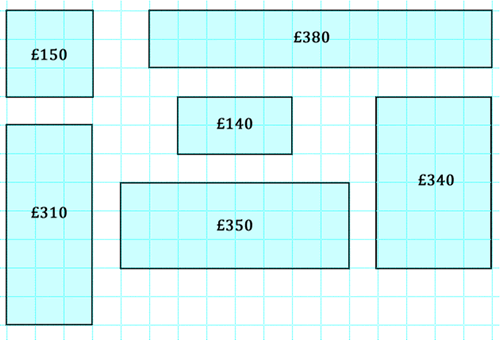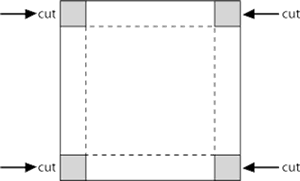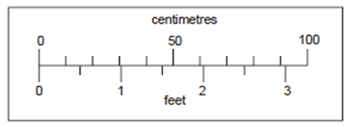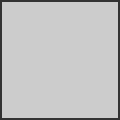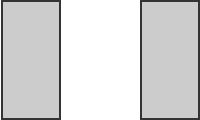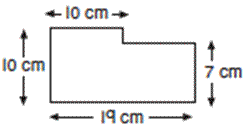This page, and all sections of the National Curriculum Resource Tool, will be removed in summer 2024. Find out more
- National Curriculum Tool
- Year 6 - Measurement
Year 6 - Measurement
New Curriculum
- solve problems involving the calculation and conversion of units of measure, using decimal notation up to three decimal places where appropriate
- use, read, write and convert between standard units, converting measurements of length, mass, volume and time from a smaller unit of measure to a larger unit, and vice versa, using decimal notation to up to three decimal places
- convert between miles and kilometres
- recognise that shapes with the same areas can have different perimeters and vice versa
- recognise when it is possible to use the formulae for area and volume of shapes
- calculate the area of parallelograms and triangles
- calculate, estimate and compare volume of cubes and cuboids using standard units, including cubic centimetres (cm3) and cubic metres (m3), and extending to other units [for example, mm3 and km3]
Non-Statutory Guidance
Pupils connect conversion (for example, from kilometres to miles) to a graphical representation as preparation for understanding linear/proportional graphs.
They know approximate conversions and are able to tell if an answer is sensible.
Using the number line, pupils use, add and subtract positive and negative integers for measures such as temperature.
They relate the area of rectangles to parallelograms and triangles, for example, by dissection, and calculate their areas, understanding and using the formulae (in words or symbols) to do this.
Pupils could be introduced to compound units for speed, such as miles per hour, and apply their knowledge in science or other subjects as appropriate.
